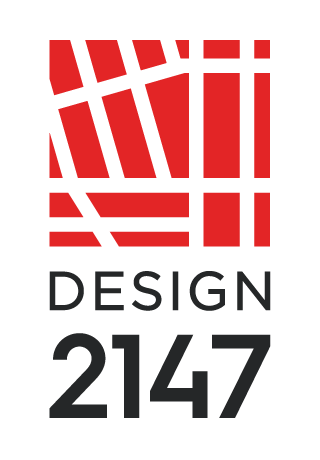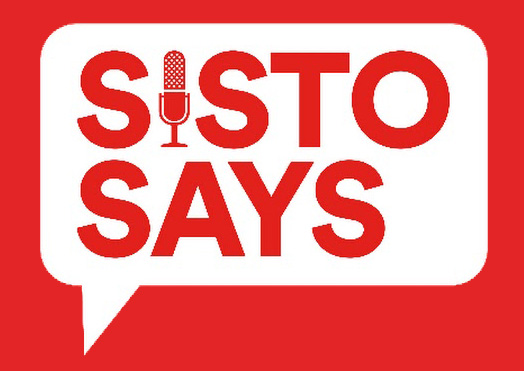Design 2147 CEO Sisto Martello recently had the opportunity to speak with Chris Felts, Director of Operations at AES NYC about the latest developments in hosting and creating events in New York City using Temporary Places of Assembly (TPA) permits. Here are some of the important takeaways from the conversation.
Q. When a company such as yours is looking to lease space for pop-up events, what are the factors that go into selecting your sites?
A. We take careful consideration before we add any space to the AES NYC fleet and we consider a long list of factors: infrastructure components, the AES NYC brand, event feasibility, and the “wow” factor are probably at the top. Infrastructure components are really just the nuts and bolts of a venue (the HVAC, electric hookup, number of bathrooms for occupancy, etc.). We want to make sure the space fits the AES NYC brand, which is a certain aesthetic we like to keep consistent. We try to pull out the key characteristics of each space. Iron23 for example is a Landmarked building in the Flatiron district with original 19th century cast iron columns. We have restored them and highlighted them for any prospective client or event planner. Event feasibility comes from our experience of doing this for 13+ years. We want to make sure we can maximize the occupancy and provide event planners with an opportunity to host any type of event, from fashion shows to corporate conferences. The “wow” factor speaks for itself. It’s the characteristic of the venue that makes it unique: original architecture, high ceilings, expansive storefront, or a prime location.
Q. In terms of due diligence, what are your must-haves for the spaces?
A. Good question. I’ll start from the top and work down.
- The more bathrooms, the higher the occupancy, which is a big selling point to our event planners.
- TPA feasibility. We review the infrastructure and DOB profile of any space to help us determine the feasibility of getting a TPA, which is essential to having any kind of event. If we find that we would face a lot of DOB roadblocks or have to invest a lot of capital in the infrastructure of the space, it makes us reconsider.
- Clients, especially ones that like to do immersive experiences or a lot of AV/L (audio, visual, and lighting), love power and the more power a space has the wider array of clients we can sell to.
- A ground floor space with a large storefront is always a plus because it gives the client a chance to easily market their event and also makes load-in and load-out logistics a lot easier.
Q. In terms of code compliance, when selecting the spaces and being able to secure a permit for all different types of events, what are the critical issues in determining if the space will work?
A. We want to make sure that the space and/or the entire building has a “clean DOB record.” No violations, open permits, etc. that could hinder us from getting TPAs for the space. We like to make the DOB’s and the FDNY’s lives as easy as possible when they come by to approve our events. Relationships go a long way, and we want the city agencies to know that if it is an event at an AES location, they don’t need to worry. Speaking of relationships, we do our part to develop good relationships with our building management teams and landlords. Hosting events in New York City venues can sometimes require a lot of different stakeholders. So maintaining a good relationship with our building helps us significantly during all stages of an event.
Q. Does your firm actually apply for the Temporary Place of Assembly permit on behalf of your client? If so, how difficult is it to work with your clients to put an event on in NYC in a pop-up space? If your firm doesn’t secure the approvals, what is your role to assist your client in making sure the event can happen?
A. We do apply and control the process to get the Temporary Place of Assembly permit. We have an architect /expeditor (AE) that helps us with our TPAs at all our managed spaces (Iron23, Center415, Annex417, 21Greene and 45Grand). When a client wants a space outside of the parameters of the spaces mentioned earlier, we use a list of “preferred” AE teams, including Design 2147, for our spaces. We do a good job laying out the TPA roadmap months before the required due dates. This also includes any potential haze permitting, Alt3s (Alteration Type 3), and even Alt2s (Alteration Type 2). We follow the rules, so we really do whatever it takes to safely and legally host events with the required approvals from FDNY and DOB.
Q. What makes having and assisting clients with pop-up events so challenging yet rewarding?
A. We love the variety of clients and events that come to us. We have worked with a long list of creative designers, event planners, and event clients, who plan events internally. There is a lot of work that goes into planning an event and as the venue we are responsible for all the vendors, clients, and attendees that are in the space at any time. So we take our role very seriously and embed ourselves in conversations with all event stakeholders. Our team goes above and beyond to ensure that we know exactly what is happening in our venue during each event. All that to say, when the event is set up and begins, we feel a great sense of accomplishment and teamwork.
Q. Do you see more and more pop-up event spaces coming into the NYC market? If so, what type of spaces will your firm be looking to lease?
A. We do. Pop-ups with 1-3 month durations from a wide array of markets are “popping up” left and right. We are always looking for the next space. Usually, something that is ground floor checks off the boxes that I mentioned earlier, especially on a busy street and neighborhood because it will give event planners the kind of foot traffic their clients are looking for – always a huge plus. With our Venue Seek department, we focus on finding unique venues for clients that can’t fit in our AES NYC-managed spaces. This gives us a great opportunity to connect with different building owners, managers and brokers. If the space fits the criteria for an AES NYC space, whether it’s 5,000 SF or 50,000 SF, or really the sky’s limit, we’ll consider it.


